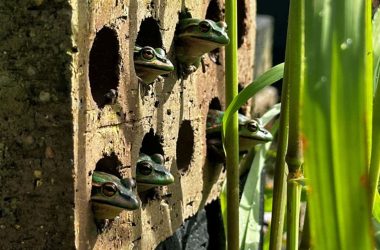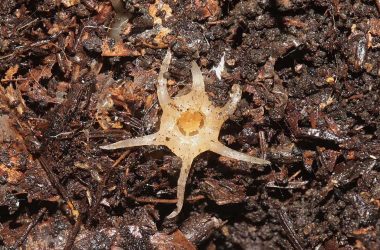A bee from the genus Euglossa, also called orchid bees
Pete Carr Images
FEW bugs (and even animals) maintain fairly as a lot sway on the planet as bees. As pollinators that flock from flower to flower, crop to crop, they hold the world’s flora and biodiversity thriving. And but, because of a myriad of lethal components, akin to pesticides, habitat destruction and local weather change, hundreds of species are teetering on the brink.
A violet carpenter bee (Xylocopa violacea)
Pete Carr/Nationwide Museums Liverpool
A brand new exhibition all about these important creatures, Bees: A story of survival, supplies an immersive window on their world, from the intricate anatomy of a single bee to the construction of complete colonies. In collaboration with artist Wolfgang Buttress, it makes use of sound, sculpture and light-weight, mixing artwork and know-how to indicate guests the lives of bees all over the world, illuminating simply how devastating it could be to lose them.
A bee from the genus Nomioides
Pete Carr/Nationwide Museums Liverpool
The primary picture is of a bee from the genus Euglossa, also called orchid bees. These are a key orchid pollinator in North and South America (though additionally they flock to rotting fruit, fungi and even faeces). The males, one in every of which is proven right here, use the odours from the chemical compounds they accumulate from pollination to courtroom females – the extra complicated the odour, the better the attraction.
An African carpenter bee (Xylocopa inconstans)
Pete Carr Images
The following photographs present (prime to backside): a violet carpenter bee (Xylocopa violacea), recognisable by its purple-sheened wings and physique, and one of many largest bees in Europe; a bee from the genus Nomioides, which is among the smallest kinds of bee; and an African carpenter bee (Xylocopa inconstans).
The exhibition will probably be on the World Museum in Liverpool, UK, till 5 Could 2025.
Subjects:












